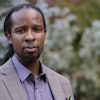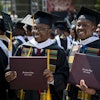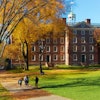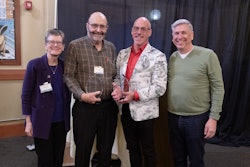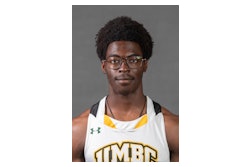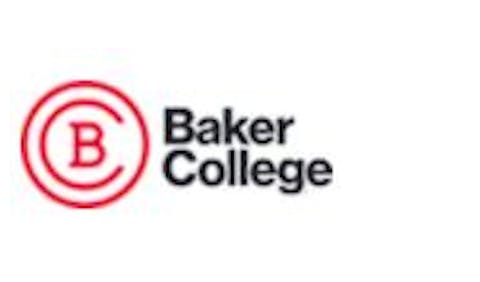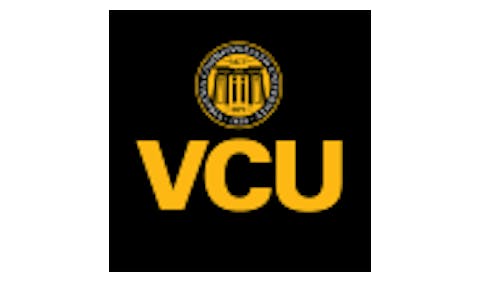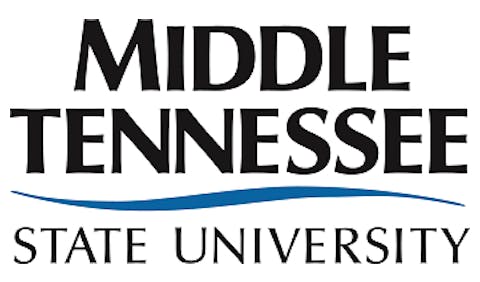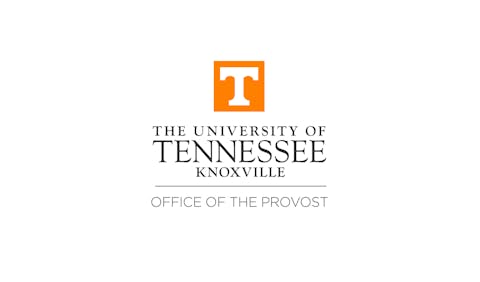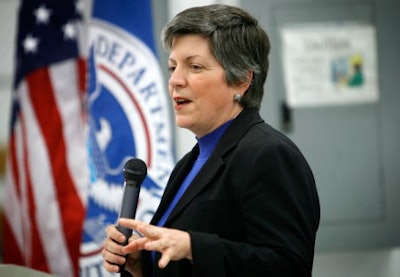 University of California President Janet Napolitano speaks to college officials on how to strategically lobby legislators for additional funds.
University of California President Janet Napolitano speaks to college officials on how to strategically lobby legislators for additional funds.SAN FRANCISCO—An improved national economy has allowed government funding of public postsecondary education to rebound, but this is actually the worst time for higher education executives to be lenient about lobbying legislators for additional money.
That was the consensus last week among the chiefs of California’s three public higher education systems during the annual Higher Education Government Relations Conference, which concluded Friday. The three chiefs—Napolitano; Dr. Timothy P. White, chancellor of the 23-campus California State University; and Dr. Brice Harris, chancellor of the 112-campus California Community Colleges—encouraged college officials to aggressively build and strengthen relationships with lawmakers as if the Great Recession were still dragging on.
“Let’s not simply tell them what we need,” University of California President Janet Napolitano said of federal and state legislators. “Let’s tell them what we can do. Let’s not settle for short-term fixes but aim for long-term investment. It’s a losing strategy to [only] say, ‘We need more money.’ Everybody needs more money. There are competing needs all over the place.”
Napolitano’s suggestions drew from her experiences as Arizona’s governor and as President Barack Obama’s secretary of homeland security.
To illustrate the economic imperatives surrounding adequate funding of colleges and universities, Napolitano used a hypothetical example of California-based, Internet giant Google moving its headquarters to another state.
“We don’t want Google saying our university system failed to produce [an] ample workforce,” she said. “We can tell our state lawmakers that when they’re governor in 20 years … they don’t want to be the governor who lets Google leave.”
Napolitano said higher education executives can also make their case to lawmakers using social implications. For example, as the conditions of the Affordable Care Act become implemented in the coming weeks, universities and medical schools will be scrutinized and criticized “if there aren’t enough doctors or allied health professionals” to handle the increase in patients.
Napolitano, White and Harris all served as panelists for a session titled “Rebuilding and Reinventing Public Higher Education.” The focus of the panel discussion was timely, said officials of the American Association of State Colleges and Universities. The governors of 42 states put forth plans for increased spending on higher education this fiscal year, and, at the federal level, higher education is receiving funding gains second only to Medicaid.
In the wide-ranging discussion, Napolitano, White and Harris shared their strategies for cultivating legislative buy-in. They emphasized that college officials everywhere should stretch their financial resources, regardless of the condition of national and state economies. California’s new funding source underscores this point. Under a temporary sales tax and income tax increase initiative, the state expects to pump an estimated $6 billion into schools and other programs to try to reverse billions of dollars in cuts during the recession. However, the sales tax hike lasts only three more years; the higher income taxes another five.
Napolitano called the increased taxes “a great expression” by California voters who agreed to the measure to stave off additional cuts to education. But, the move “isn’t a silver bullet,” she said.
Cal State’s White said that, to lower everyone’s costs, his university system has partnered with UC on purchases of mainstay items—dorm room furnishings, for instance—a practice he plans to continue with Napolitano, who took the top UC job in September. Chief legal officers for both university systems have also collaborated on mutual business interests “in order to avoid either of us hiring a $1,000-an-hour private attorney,” White said.
College officials need to do a better job of communicating with lawmakers, said White, adding, “It doesn’t matter if you’re in Illinois or Idaho. We are like technicians who are supposed to raise the quality of life for everyone. We need to convey our altruism, rather than just grovel.”
White, an Argentinian immigrant and first-generation college student, encouraged college leaders to “enable excellence through inclusivity.” For example, he welcomes traditional, 18-year-old freshmen to Cal State along with single, working parents who will likely need more than four years to earn a bachelor’s degree.
“If a parent can leverage the college degree to get a better job, or a management position, that’s important,” said White. “We need more knowledge-based workers. Don’t think of it as investing in campuses but in the fabric of society.”
The impact is apparent among racial minorities and underprivileged populations. Of all bachelor’s degrees awarded to Hispanics in California, about 57 percent currently come from Cal State. For Blacks, it’s 46 percent. For American Indians and Asian Americans, it’s 41 and 35 percent, respectively. In 2012, about 49 percent of Cal State graduates were Pell Grant recipients.
At UC, 45 percent of freshmen are first in their families to attend college. More than 40 percent of all UC students come from low-income families. Four of the 10 UC campuses each have more low-income students than do the eight Ivy League institutions combined.
Dr. Leslie Wong, panel moderator and San Francisco State University president, recalled how a recent survey at his campus revealed that students use an average of nine Internet-enabled devices weekly—a figure that befuddled him because he struggled to name that many. Wong asked the three system chiefs their opinions about the role technology can—and should—play in the classroom, a question that elicited mildly enthused responses.
“Seldom are there complaints about technology,” Harris said. “Instead, there are concerns about student abilities to read, to compute [and] to think. The faculty are still guardians of the curriculum.”
White called technology “one more arrow in our quiver to bring learning alive” for students, but hardly a solution in and of itself. He cited how students in lower-division, online, algebra classes had worse grades than did students in circuits and other electrical engineering classes that combined online coursework with face-to-face time with faculty. “Technology has to be used smartly, and there has to be discussion opportunity,” he said.
White, Harris and Napolitano also urged college leaders to make time to visit students and employees so they can more effectively represent them when meeting with legislators.
Napolitano, for instance, has toured all but one of the UC campuses in her three months on the job, spending a day at each. She said she has been particularly struck by the breadth of diversity across the system, ranging from the internationally admired UCLA to the lesser-known UC-Merced, which opened in 2005 and enrolls 6,200 students, 76 percent of whom are racial minorities.
“Make the effort to spend time in a lab or a classroom,” Napolitano said. “Eat lunch in the student union. The experience will add texture to what you’re saying to lawmakers.”

